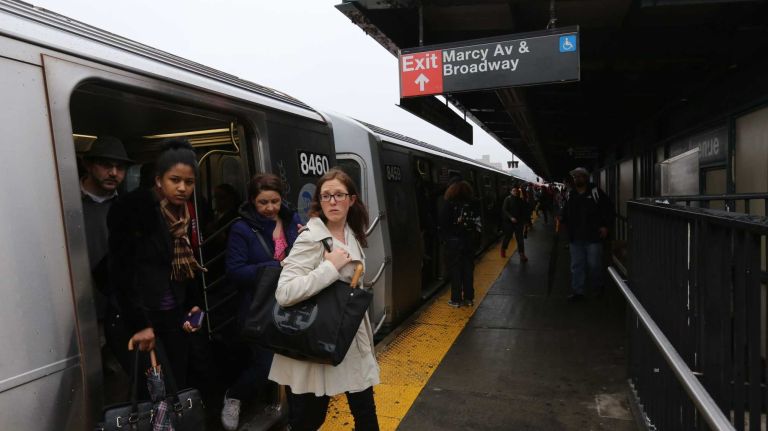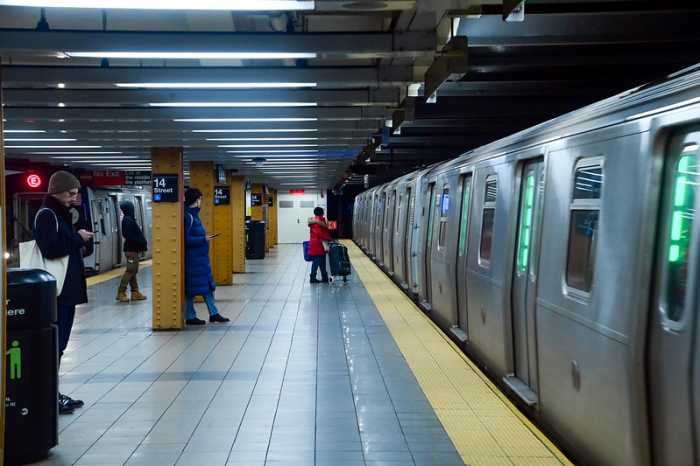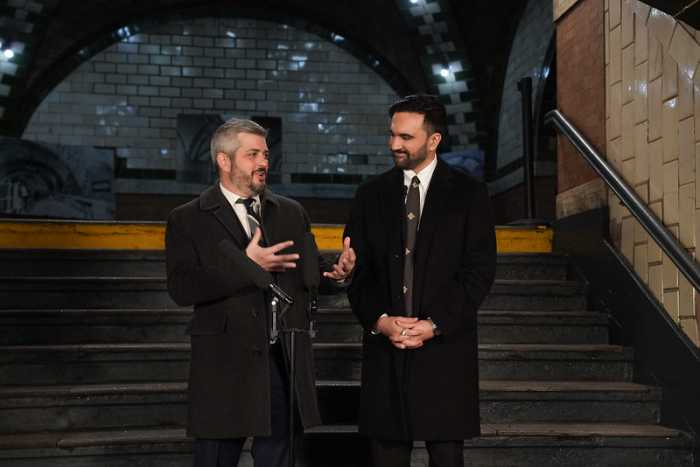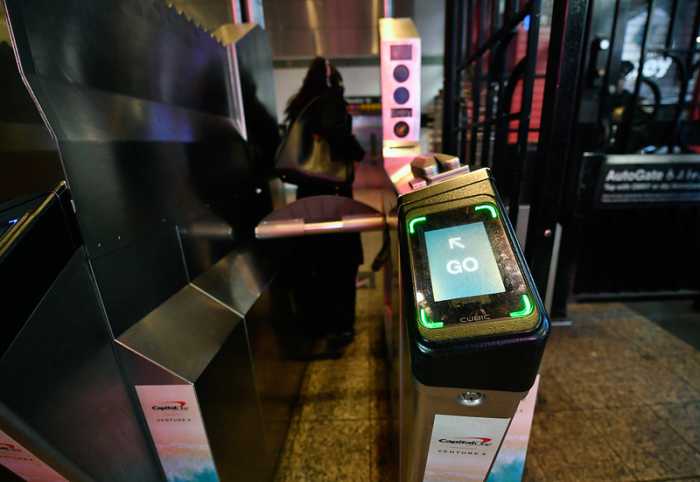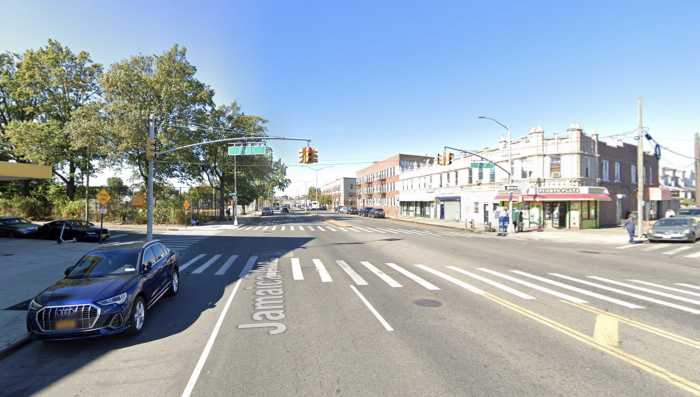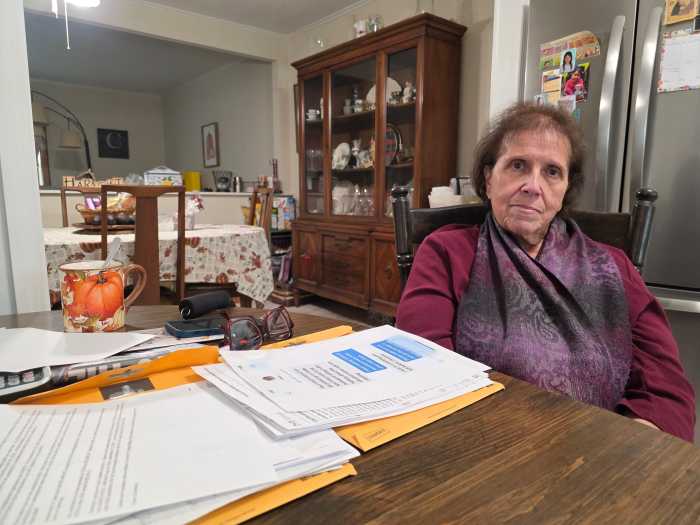
Stations in the outerboroughs are packing in more riders at higher rates than those in Manhattan, with south Williamsburg’s Marcy Avenue stop seeing the biggest change last year, according to new stats from the MTA.
The Marcy Avenue station’s average weekday ridership grew to 14,573, a 23.8% hike over 2013. That means an additional 2,798 swipes on an average weekday, according to the figures released Monday. Weekday ridership went up 6.2% at stations on the M line from Marcy to Metropolitan avenues’ stations, according to the MTA.
Henry Scholl, 25, said he commutes into Manhattan from the Marcy Avenue stop, even though he is just as close to the Bedford Avenue station on the L train. But the crowds at Bedford Avenue can be too much to handle in the morning.
“I’ve been to the L — sometimes, you can’t even get on,” he said.
The Marcy Avenue station is also feeling a crunch during rush hour, said Julie Rosenkilde, 27, an intern at the United Nations who recently started commuting from there.
When it comes to crowding, the station, she said, is “even worse than the train.”
Subway ridership is reaching a point last seen at the end of World War II, the last time there were days where the system started to see more than 6 million trips, breaking new records. The city last year reached an average of 5.6 million trips a day, or 2.4% more than 2013, with Brooklyn seeing the biggest bump in trips at 2.7%. (The data covers MetroCard swipes, not in-station transfers.)
MTA officials have said overcrowding is partly to blame for deteriorating subway service and had assigned personnel to get people in and out of train cars faster; transit brass last month pledged to come up with an attack plan for smoother service that can recuperate from equipment malfunctions and disruptions more quickly.
But among the top 20 stations that changed the most in number of riders, all but three were in the outerboroughs, while each grew between 7.8% and Marcy Av’s 23.8%.
Transportation and real estate experts attributed the growth to new residential and economic development, and people being pushed into neighborhoods further down a train line.
“The stations with the highest ridership growth are definitely the stations where there has been a lot of housing development, no doubt,” said Joan Byron, policy director at the Pratt Center for Community Development.
She noted that New Yorkers are willing to make concessions on living situations to take advantage of the job market here.
“Being able to get to your job with a MetroCard swipe is worth a lot to people,” she said. “Folks are making incredible sacrifices in terms of what kind of living conditions, physically, they’re willing to put up with.”
Richard Barone, director of transportation programs at the Regional Plan Association, said underdeveloped areas along some crowded subway lines help absorb more riders.
But as the trains get closer to the city and areas that have seen increases in housing development, the lines are under more pressure.
The L line’s Wilson Av, Bushwick Av-Aberdeen St and Atlantic Av stations near the Broadway Junction transit hub added 1,320 more swipes on an average weekday last year.
“They’re even getting crush loads before you even get to Bedford Avenue, in some cases,” Barone said. “It’s becoming very evident that the MTA is going to have to increase its service along many lines.”
Other stations that have seen significant growth in ridership include the J train’s 121st St station in Queens; the G train’s Flushing Av and Myrtle-Willoughby Avs stops; and the No. 6 stations at Westchester Sq-East Tremont Av and Pelham Bay Park, and the 174-175 St B and D stops, in the Bronx.
Stations in and around Manhattan that grew the most include Bowling Greene on the No. 4 and 5 lines; the Bowery station on the J/Z line; 50 St on the C and E lines; and Long Island City’s Vernon Blvd-Jackson Av and Court Sq stations, which are one stop away from midtown.



